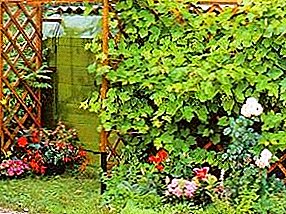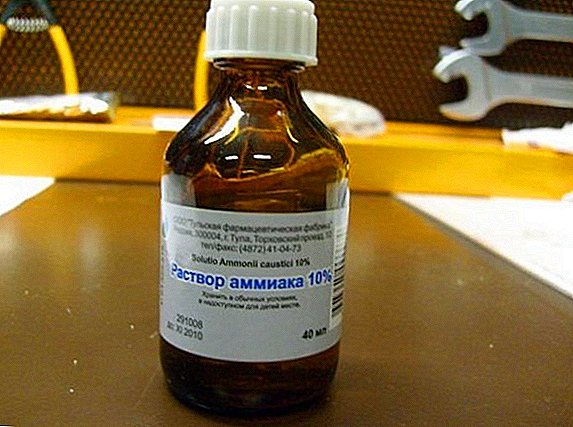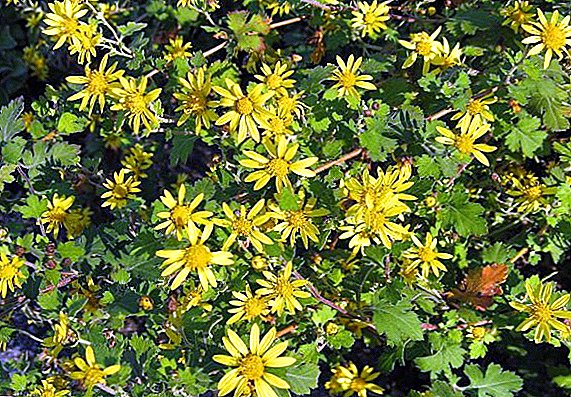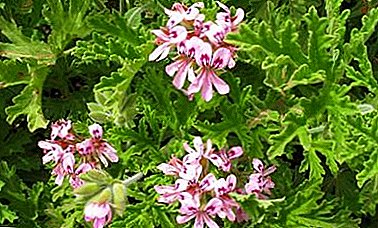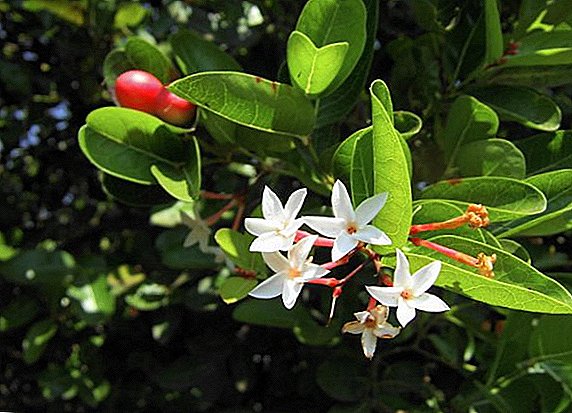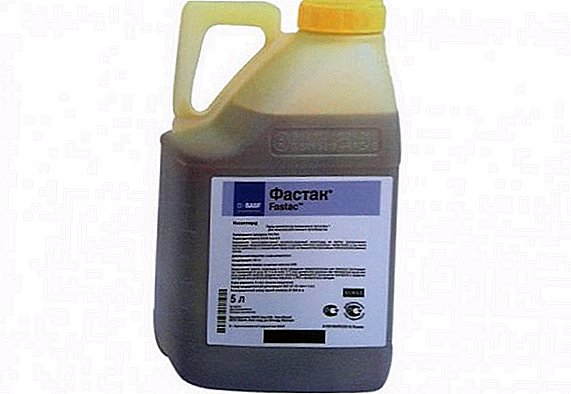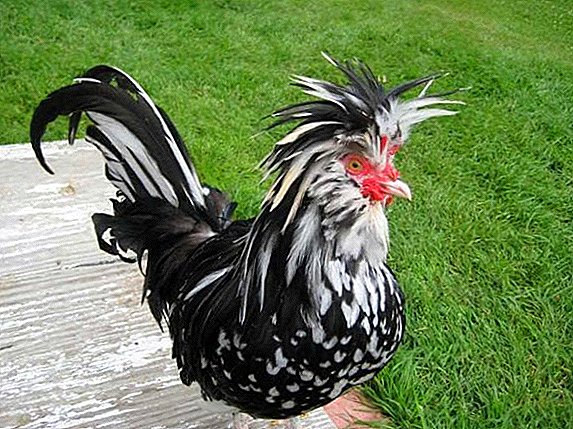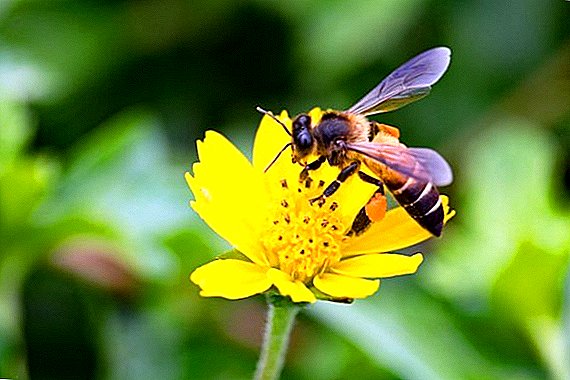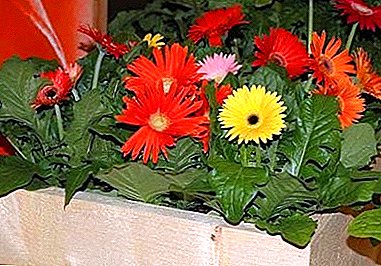
Gerbera is a popular flower in home and garden cultivation. However, in the open field it is much more difficult to grow it than at home.
Quality seeds - this is one of the main conditions for the cultivation of Gerbera garden. If you manage to get them, your site will be decorated with bright spots of large, magnificent flowers.
What types are grown in the garden?
Gerbera - a native of Africa, therefore, quite thermophilic. It grows well in greenhouses and greenhouses. In conditions of open ground it is possible to grow not all varieties.
Specially bred dwarf species can be planted on garden plots. They are less demanding of conditions.
Most suitable for the garden Gerber Jamson. She is the most enduring to street conditions. It has a short stem and a powerful root system. With the help of crossing many varieties of this garden species have been bred.
Unlike the room, garden gerbera grows only up to 30 centimeters in height.
Types of garden gerberas:
Gerber Wright. Best for growing in a greenhouse. Capricious and whimsical, requires good ventilation and regular fertilizer.

Green leaf. Ancestor of all other species.

Gerber Jameson. In height it can reach 60 cm, it blooms from August to November, it is distinguished by a variety of colors.

Abyssinian. Not too large, with white flowers, sometimes with a reddish tint.

Features of growing
 This flower, by virtue of its origin, is extremely demanding of conditions. He loves heat and moisture.
This flower, by virtue of its origin, is extremely demanding of conditions. He loves heat and moisture.
This plant does not tolerate frosts, let alone the frosts of the Middle Strip, therefore it can be cultivated only as an annual. For the winter they dig it up like dahlias or begonias.
Landing time
Planted in the open ground is recommended when the threat of frost has passed, because even a short-term cold spell can destroy the plant. Experienced gardeners recommend tying dates to the time of planting of heat-loving vegetables: cucumbers, tomatoes, eggplants. Usually, this is the last decade of May and the first of June. If you plant later, the flower will please your eye for a short time.
Landing place
When choosing a place, you need to consider whether it is protected from wind. For planting directly into the ground, choose a place covered with a fence, earthen hill, wall. This will allow to fence the flower from blowing cold air. You can plant a flower in a shallow hollow, provided that it will not accumulate water.
The site should also be maximally lit by the sun during the day. From that how the rays hit it depends on the growth of the plant.
Soil requirements
Earth mixture for plants light and nutritious needed. Mix peat, sand and sheet turf in equal parts, add a little crushed pine bark. Put a drainage layer in the hole. Then fill it with the prepared substrate. You can use a special purchase of soil for gerberas, or for roses.
Temperature and humidity for growing
 Make sure that the flower does not overcool. Choose a landing time when the night and day temperatures are not very different.
Make sure that the flower does not overcool. Choose a landing time when the night and day temperatures are not very different.
If suddenly in the middle of summer there comes a strong cold snap, The plant should be covered as you cover the thermophilic vegetables. Prepare the frame of the arcs and cover the flowers at night with covering material.
The humidity of the air with sufficient watering for the flower is not important. But if the gerbera is planted in the shade, it will rot in the wet weather. If spring and summer were cool and rainy, treat it with a fungicide.
Watering rules
Special demanding gerbera to moisture in the period of leaf growth and a set of buds. As soon as the flowers appear. Watering is reduced. During growth when watering monitor the condition of the soil, since this flower does not tolerate both excessive dryness and waterlogging.
It should be watered only at the root, not allowing erosion of the soil. When watering, the water should not fall into the leaf sockets, they can rot from it.
How to feed?
Gerbera does not tolerate an excess of organic fertilizers, the flower stalks will stretch out of them, and the flowers will be small, and the plant itself becomes vulnerable to diseases.
You can feed the plant with mullein 1-2 times per season.
Fertilize it should once in two weeks weak solution of mineral substances. Top dressing of this flower is obligatory, as if the food system is disturbed, its decorative effect decreases. It is recommended to use complex mixtures for ornamental flowering plants. After flowering, feeding is stopped.
 About the shortage or excess of any substances gerbera prompts florist change the appearance:
About the shortage or excess of any substances gerbera prompts florist change the appearance:
- Poor flowering, light tone of young and purple rim on the old leaves - lack of nitrogen.
- An active set of leaf mass to the detriment of flowering is an excess of nitrogen.
- Leaves shrink, lose their luster, at the edges turn brown - lack of phosphorus.
- Wrinkling foliage and shredding inflorescences is a lack of potassium.
- Yellowing of leaves, their fragility, blackening of the roots - a weak concentration of lime in the soil.
- Golden streaks on the leaves, elongation of leaf stalks, and later wrinkling of the leaves - a lack of magnesium.
- Matte, too dark. Quickly withering leaves with a matte surface - too much magnesium.
- Twisting the edges of young leaves up, deformed, small inflorescences - lack of copper.
- Slow growth, pallor of leaves - lack of boron.
- The drying of the edges of the old leaves, their dull color - an excess of boron.
Care during flowering
Plant blooms from June to August. It blooms after sufficient growth of a leaf outlet. The number and size of colors depends on the light and air temperature.
If you want your beauty blossomed long and plentifully, remove the flowered inflorescences. This contributes to the formation of new buds. Cut dry stems as low as possible, otherwise hemp can rot.
How winters?
Before frost, at the end of September, gerbera digging up with a big earthy ball and put in a pot. In the winter it is put in a cool, dry place.
During the rest period, water several times, slightly moistening the soil.
Its wintering in the basement will be ideal. If there is no basement, find a dark, cool place for it, for example, under a balcony door. Planted a flower in the open ground, as soon as the threat of frost has passed.
Greenhouse growing technology
 Greenhouse - the perfect place for growing gerberas. In its conditions, you can adjust the temperature: about 25 degrees in summer, 20 in autumn and spring, 16-17 in winter.
Greenhouse - the perfect place for growing gerberas. In its conditions, you can adjust the temperature: about 25 degrees in summer, 20 in autumn and spring, 16-17 in winter.
Flower grows well under direct sunlight, but provided that the light entering the greenhouse does not overheat it. On very hot days, it is best to sweat the flowers from noon to 16 hours.
Greenhouse regularly air out while avoiding drafts. Humidity control is one of the necessary conditions, as the gerberas do not tolerate high humidity. But dry air is also contraindicated for them. The optimum humidity in the dry season is maintained by spraying, not the plants themselves, but the spaces next to them.
Planted her in plastic containers or individual pots. To preserve the nutritional value of the substrate, regular transshipment is carried out. The soil should consist of peat, forest or field land, sand, sawdust, pine bark.
In winter time for gerberas a rest period is needed. The temperature is reduced, the feeding is stopped. These procedures will help the gerbera to dial the maximum number of buds.
Soil needed loosen, remove dried leaves from plants, dispose of diseased plants immediately.
The ideal irrigation method is drip irrigation. If this is not possible, each instance is hosed at the root, but not close to the stem. Watering is done in the morning.so that during the day the water that accidentally got on the leaves and the root neck was evaporated.
How long to keep cut flowers in a vase?
 Growing a perennial gerbera with large flowers in the garden is not easy, but preserving the cut flowers for a long time is also not an easy task. To cut the flower as long as possible to please the eye, experienced growers recommend doing the following:
Growing a perennial gerbera with large flowers in the garden is not easy, but preserving the cut flowers for a long time is also not an easy task. To cut the flower as long as possible to please the eye, experienced growers recommend doing the following:
- Cut flowers 4-5 days after blooming. If you do it before. A loose stem will cause fast wilting. The peduncle is separated from the bush in the morning, breaking out with its hands, as when cutting, the bush at the point of cutting may rot.
- Before you put the plant into the water, you need to let it settle to remove oxygen from the liquid.
- Immerse the stems in the prepared water so that only flowers remain on the surface. Soak them in this state for half an hour.
- Cut the stems from the bottom to 3-4 centimeters, without removing from the water. The cut should be done with a sharp knife at an angle of 45%. Pruning should be done every 2-3 days.
- Flowers should be placed in tall vases to reduce the pressure of heavy flowers on the stem.
- The water in the vase should be changed regularly. However, it should be without chlorine, so it must be defended and filtered before use. To neutralize the chlorine impurities, add a little activated carbon or citric acid to the water.
- Adding mineral fertilizer will also help to preserve the freshness of the flower.
- Do not place the vase in the sun or near the battery. Cut flowers should be in a cool place.
- Some secrets of growing:
- Do not dig in the root neck when transplanting - this will slow down growth.
- Plant in sterilized soil, and treat the plant with phytosporin to prevent contamination.
- In wet weather, treat with basezol.
- When grown from seed, daylight hours must be at least 16 hours. And the air temperature is 22-23 degrees. As the cotyledons unfold, lower the temperature to 20 degrees.
- The most common mistake - overfeeding the flower - it will definitely cause the disease of the plant.
- Do not water in the evening to prevent overcooling of the roots.
The beauty and diversity of this flower can attract the most sophisticated grower. Therefore, to admire them, it is worth making so much effort. Follow all the rules of cultivation, and garden gerbera will delight you with its flowering.


